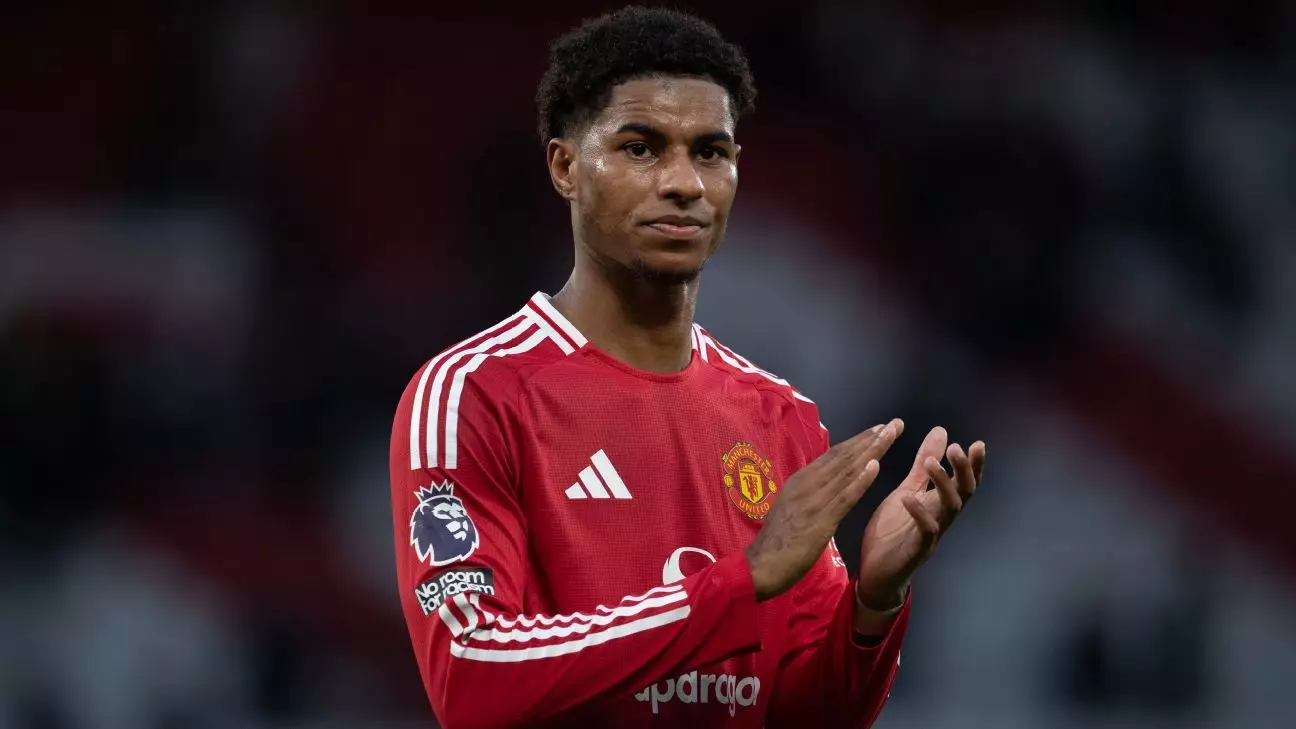As the Premier League transfer window kicks off, clubs find themselves at a crucial juncture in the 2024-25 season. Opening on Wednesday, this period serves as a pivotal time for managers and sporting directors to strategically bolster their squads for both the remainder of the campaign and future endeavors. The urgency to finalize deals is palpable, with the window set to close at 11 p.m. GMT (6 p.m. ET) on February 3, 2025.
While England’s transfer proceedings are in full swing, it is essential to recognize the synchronized nature of similar windows across Europe. The footballing landscape varies, with notable differences in timelines and closing hours. In Spain and Italy, for instance, the winter window opens on January 2, embodying the distinct operational timelines of La Liga and Serie A. Spain’s window formally concludes at midnight local time in a synchronization with the UK time, whereas Ligue 1 clubs must wrap up their business an hour earlier, at 10 p.m. GMT on February 3. Meanwhile, the Bundesliga adopts a closed window by 6 p.m. CET (5 p.m. GMT). This interleague difference encapsulates the diverse transfer philosophies and strategies that shape football in Europe.
Reflecting on past windows can provide valuable insights into current trends and expectations. The January 2024 transfer window saw Premier League spending fall drastically to around £100 million ($127.7 million), significantly down from the staggering £815 million recorded just a year prior. The data from Deloitte outlines a clear narrative: aside from the financially constrained January 2021 window, clubs haven’t ventured into lower spending territory since January 2012, raising eyebrows among analysts and fans alike over what may be causing this trend.
The evidence suggests a cautious approach taken by Premier League clubs, potentially influenced by a desire for greater financial prudence, stricter Financial Fair Play regulations, or the need to recoup losses from prior ambitious transfers. The most prominent signing of this January window—Tottenham Hotspur’s acquisition of defender Radu Dragusin for approximately €25 million ($27.3 million) plus add-ons—highlights the status quo of a generally quieter market period.
As excitement builds around player signings, speculation looms large over the futures of various Premier League stars. Manchester United’s Marcus Rashford, who has spent his entire career at the club since joining at the age of seven, recently voiced his readiness for a fresh challenge. Following his omission from the squad for the Manchester derby on December 15, the forward’s absence raises questions about his role within the team and potential options for a transfer.
The scenario isn’t limited to Rashford. Liverpool’s celebrated trio—Mohamed Salah, Trent Alexander-Arnold, and Virgil van Dijk—are also under the spotlight as their contracts draw to a close at the end of the season. With talks of contract extensions stalling, these players find themselves in a position to negotiate pre-contract agreements with foreign clubs, paving the way for potential summer transfers.
Manchester City’s Kevin De Bruyne shares a similar fate. As one of the league’s standout midfielders, his situation mirrors that of other high-profile players. The stakes are substantial for both the clubs and fans as the clock ticks down to the closure of this January window, with the possible departures of such pivotal figures looming on the horizon.
The January transfer window is never just about immediate signings; it’s also about planting seeds for the future. Clubs must navigate their financial strategies carefully while simultaneously making bold moves to enhance their competitive edge. As rumors swirl and player movements become a chess game of their own, the question lingers: how will these decisions shape the climate of Premier League football in the months to come?
The ensuing weeks will be critical as teams look to solidify their intentions in the race for league titles, European spots, or even mere survival. The landscape of the Premier League is constantly evolving, and the choices made now could have profound implications for the clubs involved. The buzz continues as fans remain hopeful yet apprehensive about the paths their respective teams will take as the transfer deadline approaches.

